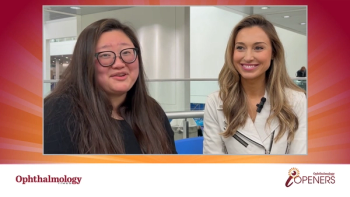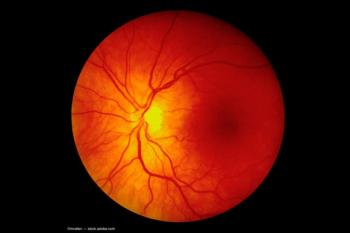
Prevent Blindness declares July as Dry Eye Month
Key Takeaways
- Prevent Blindness offers free resources for Dry Eye Month, including a web page, fact sheets, and videos in English and Spanish.
- OCuSOFT partners with Prevent Blindness to support Dry Eye Month, emphasizing the importance of awareness and education.
In addition to Prevent Blindness' usual free resources, the organization is providing a dedicated web page, fact sheets, and graphics in English and Spanish.
“A number of treatment options are available for dry eye that can help address symptoms and save sight,” Jeff Todd, president and CEO of Prevent Blindness, said in a press release. “We invite everyone to check out our free dry eye resources and make an appointment with an eye doctor to find out what type of treatment is best for them.”
The National Eye Institute reports that nearly 16.4 million Americans live with dry eye.2 Here are some risk factors for dry eye that eye care providers see regularly in their chairs:
- Being over 50 years old
- Hormonal changes or medications that impact hormone levels
- History of refractive eye surgery (such as LASIK)
- Eyelid inflammation (blepharitis)
- Environmental factors, including allergies, smoke exposure, or dry climates
- Wearing contact lenses
- Poor makeup hygiene practices
- Medical conditions such as rosacea, rheumatoid arthritis, Sjögren syndrome, and other autoimmune diseases
- Reduced blink rate, often due to prolonged screen use or certain neurological conditions such as Parkinson disease
- Eyelid disorders that prevent complete eyelid closure
- Excessive use of digital devices, including computers, tablets, and smartphones
- Certain medicines that may decrease tear production, including antihistamines, decongestants, hormone replacement therapy, antidepressants, high blood pressure medications, birth control, acne medications, and Parkinson disease therapies
To learn more about Prevent Blindness’ dry eye resources,
References
July is Dry Eye Month at Prevent Blindness with goal to raise awareness and educate the public on the eye condition. Prevent Blindness. June 25, 2025. Accessed June 30, 2025.
https://preventblindness.org/dry-eye-month-2025/ Dry eye. National Eye Institute. Updated February 18, 2025. Accessed June 30, 2025.
https://www.nei.nih.gov/learn-about-eye-health/eye-conditions-and-diseases/dry-eye
Newsletter
Don’t miss out—get Ophthalmology Times updates on the latest clinical advancements and expert interviews, straight to your inbox.













































